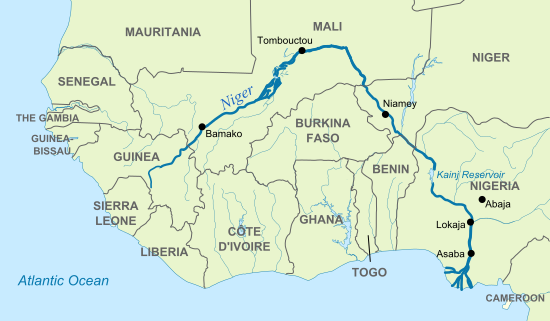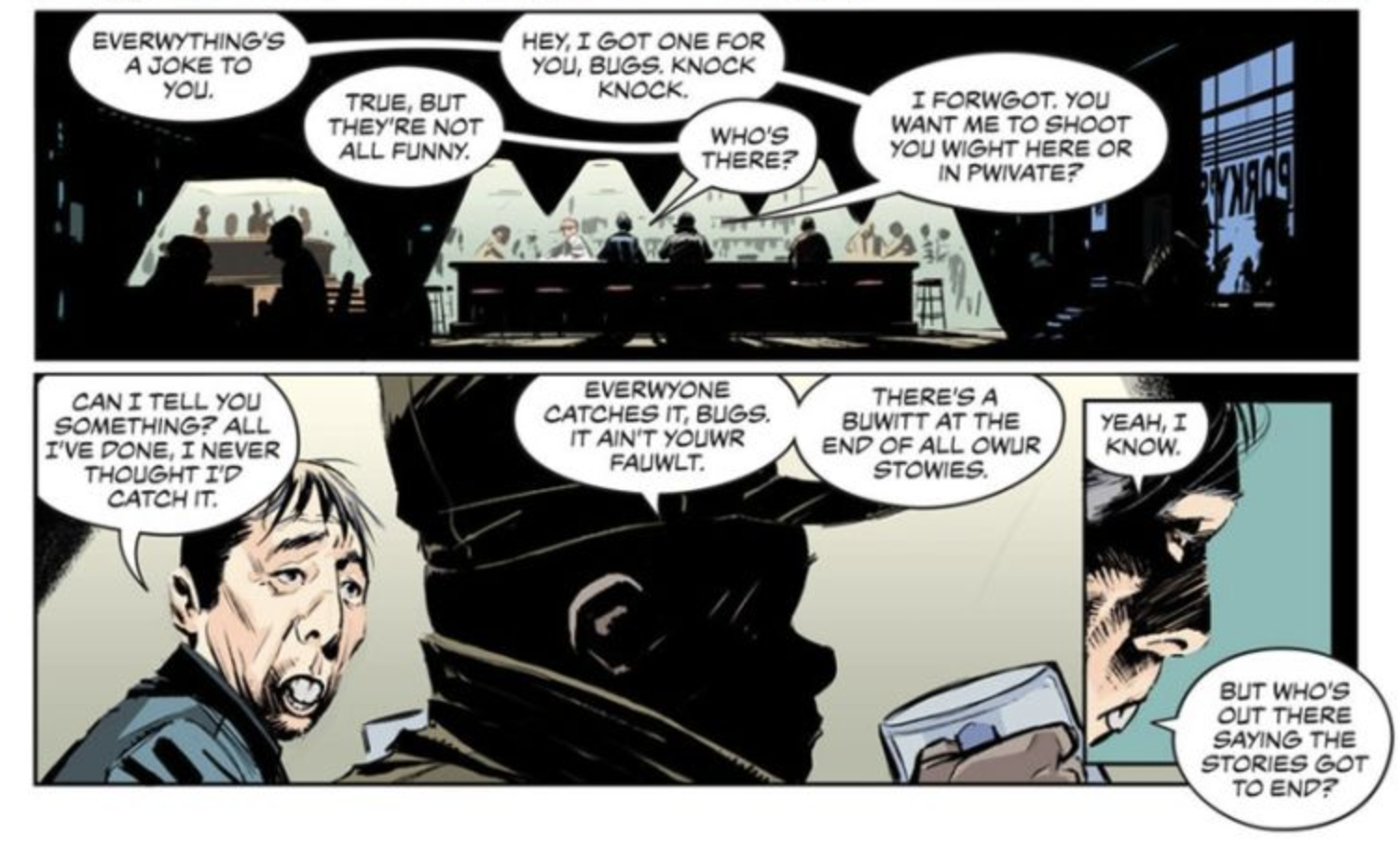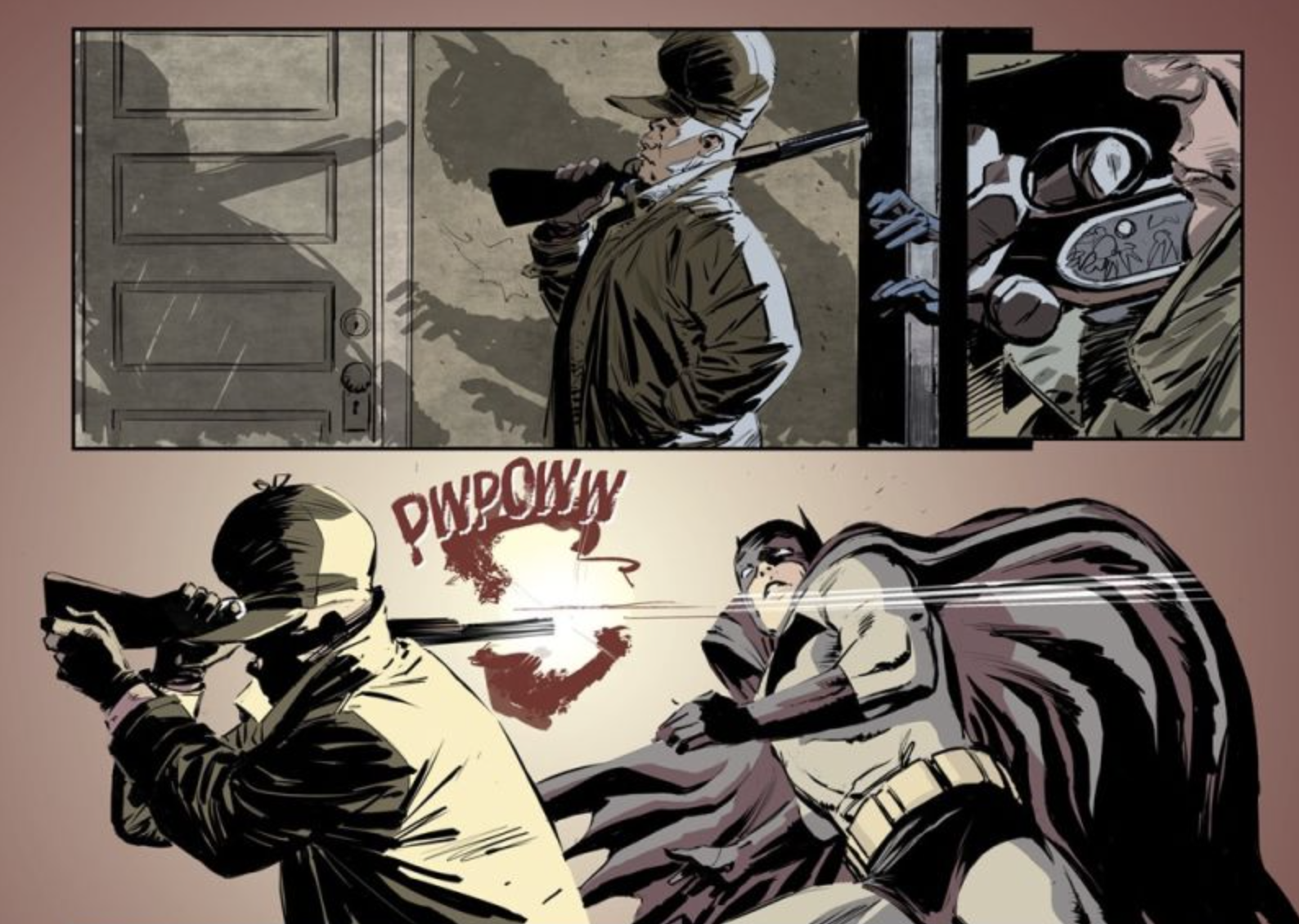Three fascinating things
Once upon a time, I sent out a periodic newsletter about weird and fascinating links I found online. Sadly, I proved unable to keep up the tempo in my spare time, and let it lapse.
That doesn’t stop the Internet from containing weird and fascinating things though. I just usually share them on Twitter instead. But sometimes you need more than 140 characters to truly convey something awesome.
So here’s three weird and amazing things I’ve been excited to learn about recently, with no particular theme or connection:
1. The Niger River
 The third-longest river in Africa is the Niger. It’s got some cool features, such as famous city of Timbuktu and the unusual Inner Niger Delta, where the river suddenly fans out on the edge of the Sahara into a Belgium-sized area of lakes and marshes.
The third-longest river in Africa is the Niger. It’s got some cool features, such as famous city of Timbuktu and the unusual Inner Niger Delta, where the river suddenly fans out on the edge of the Sahara into a Belgium-sized area of lakes and marshes.
What gets me every time I look at a world map, though, it’s the Niger’s bizarre course. It runs 2,600 miles from the Guinea Highlands to the Atlantic Ocean.
But its headwaters in Guinea are just 150 miles from the Atlantic. It flows away from the ocean and into the arid Sahel. Along the way it passes just 35 miles from the headwaters of the Baloué River — which flows in the opposite direction, becomes the Senegal River, whose mouth in the Atlantic is more than 2,000 miles northwest along the African Coast from the Niger’s discharge.
It’s only after flowing 1,000 miles inland, to the edge of the Sahara, that the Niger bends south and begins its long, belated Atlantic anabasis.1

If George R.R. Martin or J.R.R. Tolkien drew a map like that in the front of one of their fantast novels, we’d make fun of it as unrealistic. But there it is on our actual Earth.
2. The Island of Lemnos
Today we tend to think of the Roman Empire as ending in the mid-5th Century, when the city of Rome fell and the last Western Emperor was deposed. But of course the Roman Empire persisted in the east for another thousand years, and though we refer to this polity as the “Byzantine Empire,” its Greek-speaking inhabitants thought of themselves as Romans to the bitter end in 1453.
That’s not the amazing part, though. The part that blows my mind happens centuries after the Ottoman Turks extinguished finally blasted through the famous walls of Constantinople, when Byzantium was remembered not for its tenacity but for its political intrigues, if indeed it was remembered at all.
The year in question is 1912. The state we now call Greece (the Kingdom of Hellas or Vasíleion tīs Elládos) had won its independence from the Ottomans nearly a century prior. On the eve of the First World War, Greece and a coalition of other Balkan states declare war on the crumbling Ottoman Empire and trounce its outmatched armies.
As part of this First Balkan War, Greece’s navy occupies a number of Aegean islands whose Greek-speaking populations have been under Turkish rule since the 15th Century. On the island of Lemnos, the Greek soldiers find a group of small Greek-speaking children staring at them (one of whom, Peter Charanis, would later share the story).
Some of us children ran to see what these Greek soldiers, these Hellenes, looked like. “What are you looking at?” one of them asked. “At Hellenes,” we replied. “Are you not Hellenes yourselves?” he retorted. “No, we are Romans.”
These Roman children were speaking just 115 years ago.
3. Elmer Fudd vs. Batman
DC Comics is producing a series of comics crossing over their famous heroes with noir versions of the Looney Tunes, and their interpretation of Elmer Fudd as a conflicted hitman with a speech impediment who crosses paths with Bruce Wayne is — against all odds — amazing.

Nothing about “Elmer Fudd/Batman” has any right to be anything more than a gimmick — “ha ha, what if we made the goofy Looney Tunes characters into grimdark noir characters.” Any to be fair, there’s a lot of that in there — Foghorn Leghorn as a verbose card shark, Yosemite Sam as a short-tempered biker. And merely a well-done mash-up like this would be worth the price of admission. (As a bonus, there’s a short comic at hte end in which Batman appears in the Looney Tunes universe.)
But the comic, written by Tom King with art by Lee Weeks and Lovern Kindzierski, dives deeper into the noir side of the pastiche and finds something deeper than mere parody. Fudd is ruthless and efficient despite retaining his comical rhotacism, and as io9 notes, something about Fudd’s homicidal determination actually makes him a great foil for Batman once he’s been stripped of his cartoon silliness.

Let’s be clear: comics can be high art but Fudd/Batman is not. It’s a silly mash-up with a ridiculous noir twist, and it ends just before it overstays its welcome. But the fact that it’s anything more than a throwaway joke is astonishing in itself.
-
Sadly, after posting this, I researched further and discovered that I had mixed up my Greek. “Anabasis,” the title for Xenophon’s famous work about a group of Greek mercenaries fighting their way to the sea, actually refers to a voyage from the sea. (There’s one of those in Xenophon’s book, too, it’s just much less dramatic.) The correct Greek term for a voyage to the ocean is “katabasis.” I’ve decided not to revise this post, in part because “anabasis” flows so well with “Atlantic,” but am publicly noting the error. ↩